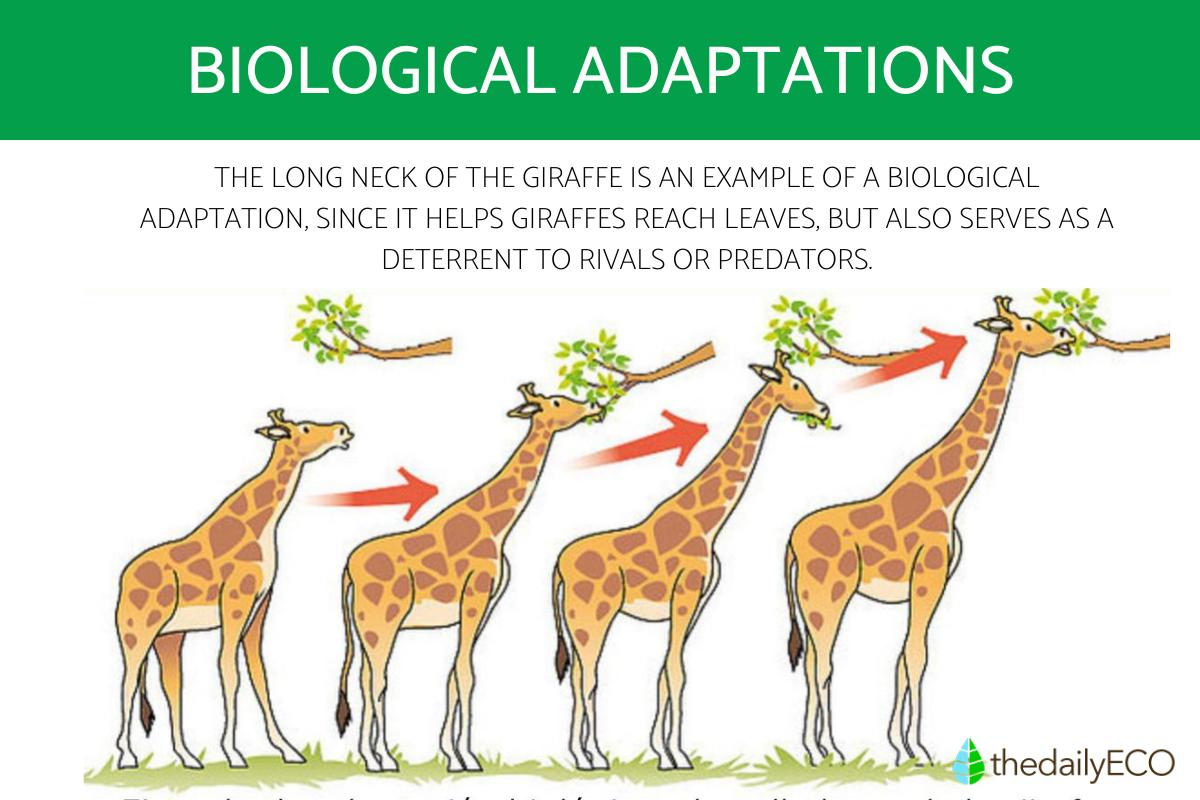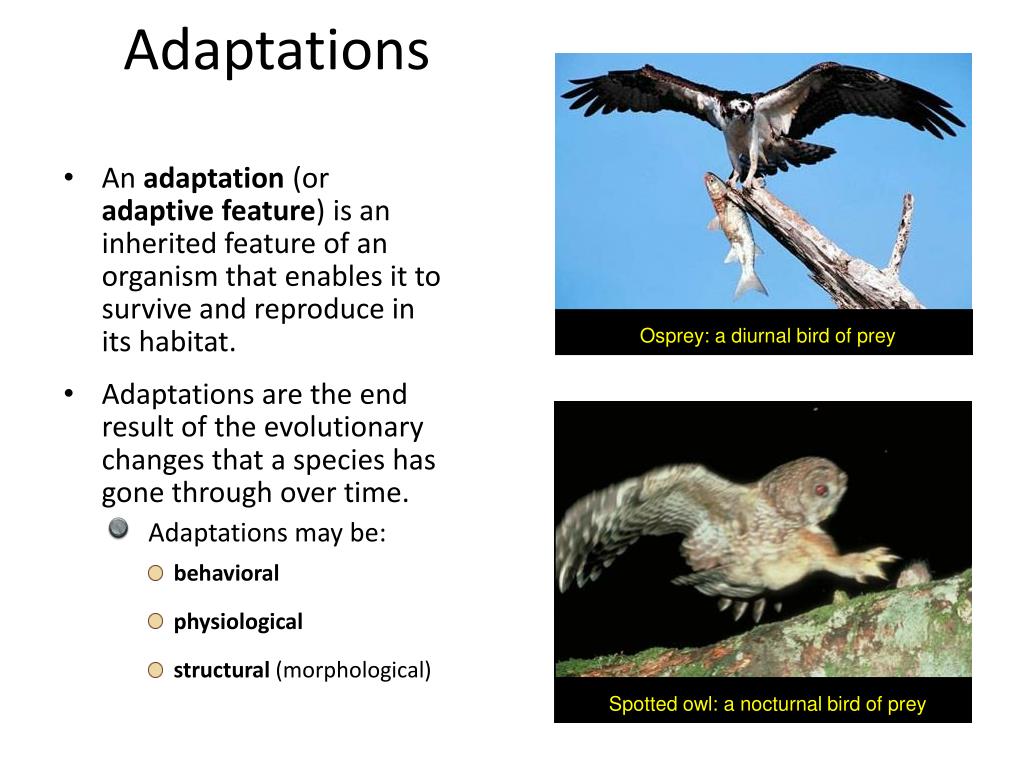As promised and as due, I will meet you every Monday evening to provide a debrief on the most recently broadcast episode of Season 2 (of the seven episodes I had already seen by the end of March), delving deeper into analysis and comparison with the video game. The aim is not to compare scene by scene but to understand the changes made by the showrunners, Craig Mazin and Neil Druckmann, the latter being the creator of the game, for those unfamiliar with it. This season contains more narrative upheavals than its original material compared to Season 1. For pacing reasons and to surprise gamers like us who know the game intimately, these changes have been made. It is worth noting that one criticism from some ‘gamers’ about Season 1 was that it mirrored the video game too closely and lacked surprises. Whether Craig Mazin and Neil Druckmann did this intentionally for those critics, the timeline has indeed been disrupted. Let’s proceed to dissect this first episode, directed by Craig Mazin himself and lasting 59 minutes, with spoilers ahead.
Release on April 14, 2025
Duration: 59 min – Directed by Craig Mazin
Similar to Season 1, Craig Mazin initiates the season by directing the premiere episode. As the primary showrunner of the HBO series, he is known for his deep appreciation of video games, having studied them extensively. This was evident in Season 1. What can be observed from this first episode? There appears to be an intention to introduce new elements and rearrange certain aspects compared to both the video game and original source material. In Naughty Dog’s game, the narrative is constructed through interwoven back-and-forth storytelling, flashbacks, and puzzle-like sequences that gradually reveal emotional depth as the story progresses. Clearly, Craig Mazin, alongside Neil Druckmann and Halley Gross, has chosen to depart from this structure. Halley Gross, who co-wrote “The Last of Us Part 2” and assisted in rewriting the series, played a role in these changes.
THE CHANGE, IT’S NOW
From the beginning of Episode 1 and throughout its seven episodes, there is an intent to mislead the player for surprise. For example, the introduction with a shot of giraffes and a hospital directly references a major scene from the first “The Last of Us,” immediately introducing Abby and her friends. However, the close-up on Abby’s face and actress Kaytlin Dever signals a desire to change things. Although we meet Abby early in the game “The Last of Us Part 2,” there is an element of surprise. When controlling Abby, we do not know her name, motivations, or even her backstory. This is clearly Neil Druckmann’s intention, evidently aiming to convey the different perspectives and duality between Ellie and Abby.
In Season 2 Episode 1, the surprise effect is immediately compromised as Abby’s name is mentioned right away, along with her motivations being revealed instantly. She is accompanied by other members of her squad: Owen, Mani, Nora, and Mel, all standing before tombstones. Nora, portrayed by actress Tati Gabrielle, will be the main character in Naughty Dog’s upcoming game, Intergalactic The Heretic Prophet. As for Mani, you would recognize actor Danny Ramirez’s face if you are following the MCU, as he is the new Hawk since Sam Wilson became the new Captain America.
A TELEVISION SERIES IS NOT A VIDEO GAME—In this analysis, I plan to provide a detailed review of each episode of The Last of Us Season 2 on Monday evenings, comparing it to its video game origin while acknowledging narrative deviations made by showrunners Craig Mazin and Neil Druckmann for pacing and surprise purposes. Episode 1, also directed by Craig Mazin, introduces numerous changes from the original game, abandoning its structure of back-and-forth narratives and flashbacks in favor of a linear timeline to surprise even seasoned gamers familiar with the source material. The episode starts by immediately revealing details about Abby’s character—her name, motivations, and squad members (Owen, Mani, Nora, Mel)—which contrasts with the game’s approach of keeping her backstory and intentions initially hidden to build suspense and offer dual perspectives between Ellie and Abby. Additionally, some actors from the episode have roles in other projects, such as Tati Gabrielle in “Intergalactic: The Heretic Prophet” and Danny Ramirez as the new Hawk in the MCU, signifying crossover connections.
It quickly becomes clear that the graves belong to the men Joel killed at the end of Season 1 to save Ellie, specifically the remaining members of the Fireflies, or Lucioles in the French version, including likely Marlene but particularly Jerry Anderson, the surgeon who was supposed to operate on Ellie and is Abby’s father. Additionally, before the episode ends, there is a shot that moves closer to Abby as she explains her desire to find and slowly kill the perpetrator of this murder so they can experience suffering. This initiates a cycle of hatred. Therefore, the surprise element regarding Abby’s character has been canceled, which can be easily understood given that The Last of Us 2 game was a massive hit and one of the most talked-about video games on the internet due to its controversial narrative decisions that divided players. Playing the surprise card with Abby’s character no longer works because the event is well-known in pop culture for the past five years. To avoid feigning surprise with an event known by the public, they opt for a different approach, even if it angers some purist video game fans who refuse to accept that adapting a game into a series also involves reinterpreting its content.
Since I mentioned surprises, Episode 1 will indeed introduce minor changes to mislead players who are familiar with every detail of the original game. When Ellie is alone in her garage and someone knocks on the door, one expects it to be Jesse as depicted in the video game, but instead, it is Dina. Does this alter the intended message? Not necessarily; viewers will have to wait until the end of the season to fully understand its implications, as I do not wish to reveal further details here. However, since the series’ structure differs from that of the original game, some scenes and moments occur in a different order than anticipated. We will revisit this point later.
SUBTLETIES
There is also the sequence between Ellie and Tommy that we see together training as snipers. This sequence exists in the video game but occurs much later during a flashback within the game. In contrast, it is integrated into the main timeline of the series. Notably, the season differs since it is full summer in the game while still being winter in the series. Following this sniper training sequence is a significant fight between Ellie and a large man, intended to illustrate that she has undergone rigorous training to prepare her for confronting the outside world. Ellie is no longer the slight girl from the first episode; she has grown more confident, powerful, and most importantly, angry. This anger will undoubtedly evolve into hate as we progress through the narrative.
Similarly, the ball scene occurs in episode 1 of the series, whereas in the video game, it is revealed at the end of Abby’s arc. Initially, one might be surprised or even shocked by this change, but as I mentioned in my analysis of the first seven episodes, it is important to consider the overall narrative structure. Once you have a broader understanding, it becomes clear that a more linear storyline is necessary for a series format. Unlike a video game where player interaction plays a crucial role, character development and setting up stakes are essential for subsequent events to logically unfold in this serial form. This approach also allows for the depiction of Ellie and Joel’s deteriorating relationship. Does this mean Season 2 won’t use flashbacks? Absolutely not; there will be time jumps, but the series is structured to make more sense and maintain a faster pace than the video game, which works perfectly in its medium but wouldn’t translate well to television.
FATHER-DAUGHTER RELATIONSHIP
The primary focus of Episode 1 is to illustrate the tension between Ellie and Joel, and their deteriorating relationship will become clearer with the introduction of a new character not present in the video game. This character is Gail, played by actress Catherine O’Hara, who is known for her role as Macaulay Culkin’s mother in the Home Alone films. She portrays a psychologist, a profession that Neil Druckmann and Haley Gross wanted to develop for the series because they believe it is crucial in a post-apocalyptic world, allowing discussions about the trauma of living in such a devastated environment. In this new system, she is compensated not with money but with necessities, including marijuana, which Joel supplies her with. The introduction of marijuana is intentional as it will facilitate a connection between Gail and another character, Eugene, who is revealed to be her husband.
In the series, particularly in episode one, it is revealed that Eugene was killed by Joel in a manner that some might consider unsavory. While there are circumstances surrounding this event, the execution of his death is difficult to justify. This portrayal highlights a controversial aspect of Joel’s character. We know he is a survivalist who does not hesitate to take lives when necessary, and this incident contextualizes other actions he may have taken, suggesting that our protagonist is more complex than initially perceived… Given that Eugene is portrayed by Joe Pantoliano in the series, it can be assured that his role is significant despite its brevity. I will not specify which episode features Eugene, but suffice to say, this particular episode evokes powerful emotions.
MUSCLE RHYTHM
This appears to be a detailed analysis or summary of the first episode of “The Last of Us” Season 2. The episode introduces several new elements and changes from the original video game, including the earlier introduction of Abby with her motivations revealed immediately, contrasting the gradual unveiling in the game. Additionally, the episode features the graves of men Joel killed in Season 1, which sets up Abby’s quest for vengeance against him. Other smaller adjustments include Dina replacing Jesse when someone knocks on Ellie’s door and a sniping training sequence that occurs earlier than in the game. The introduction of Gail (Catherine O’Hara), a psychologist who aids in exploring trauma within this post-apocalyptic world, further adds to the narrative by setting up tension between Joel and Eugene (Joe Pantoliano). These changes reflect an effort to adapt the game’s narrative for television, with a focus on character development and maintaining a faster pace while subtly unveiling complexities in Joel’s character.
This analysis examines the first episode of HBO’s TV adaptation of “The Last of Us” video game. The episode introduces new characters and subtly alters certain events from the original game to fit the television format. Notable changes include the introduction of Gail, a post-apocalyptic psychologist portrayed by Catherine O’Hara, and a deeper exploration of Joel’s controversial past actions, such as his involvement with Eugene. Additionally, the episode features a new type of infected called Stalkers and combines several locations from the game into one extended action sequence. The analysis highlights the importance of adapting the narrative for a television audience while preserving the core elements of the original video game.
Have any thoughts?
Share your reaction or leave a quick response — we’d love to hear what you think!





